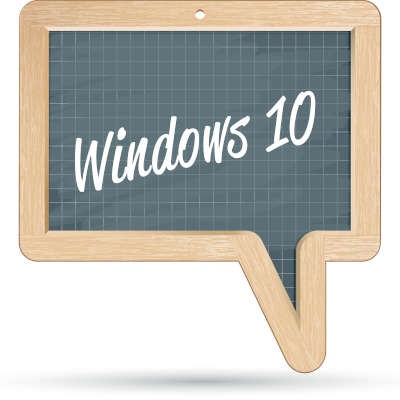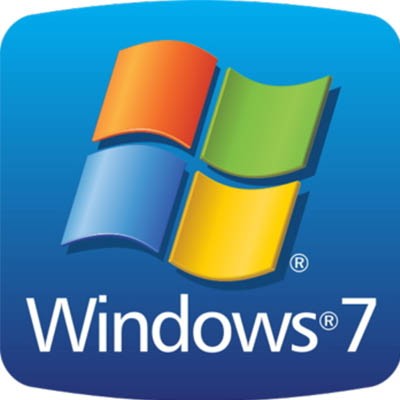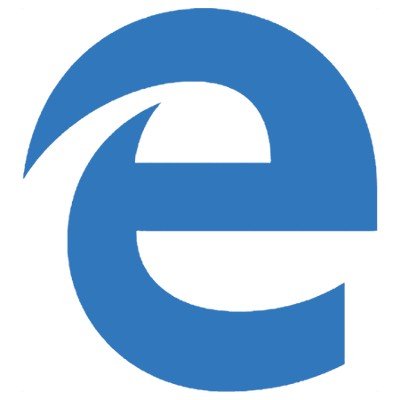Despite Microsoft’s comments several years back, Windows 10 is indeed not the final iteration of Windows. Microsoft has officially let the cat out of the bag with Windows 11, the latest in its line of PC operating systems. We urge your business to consider the minimum requirements for upgrading to Windows 11 now while Windows 10 is still supported. Let’s take a look at the system specifications and requirements for Windows 11.
About Business Solutions & Software Group
Business Solutions & Software Group has been serving the South Florida area since 1997, providing IT Support such as technical helpdesk support, computer support and consulting to small and medium-sized businesses. Our experience has allowed us to build and develop the infrastructure needed to keep our prices affordable and our clients up and running.
Recent News
Contact Us
10211 W Sample Road Suite 114
Coral Springs, Florida 33065
Mon to Fri 9:00am to 6:00pm














